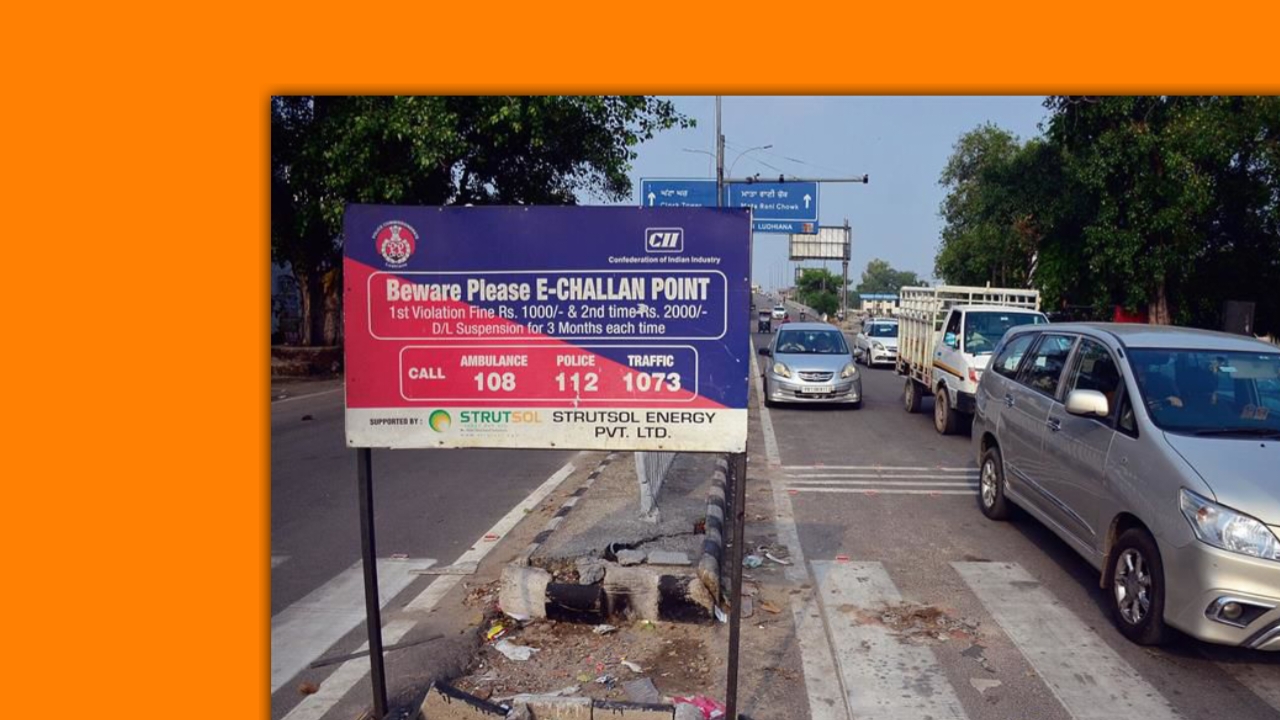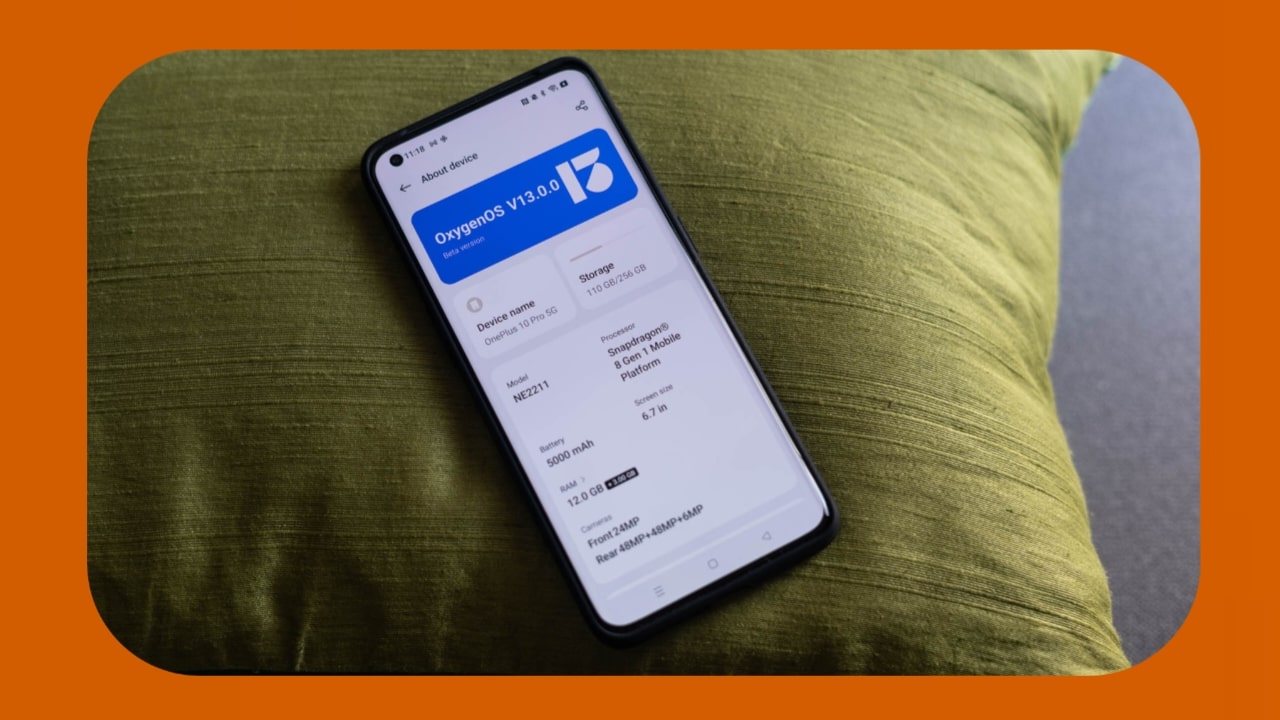As the festive season approaches, government officials in India are warning the public to beware of online e-chalan scams. The cybercriminals send fake messages, forcing unsuspecting users to pay for alleged traffic violations through links masquerading as an official ‘eChallal Transportation’ channel of the no. Initially introduced by the Indian government to facilitate the payment of fines, the scheme has now become a target for fraudsters aiming to steal personal financial information.
How does this cheat work?
E-invoicing fraud is especially deceptive because fake messages look almost identical to legitimate information. These messages typically state that traffic charges are pending and prompt users to click on a link to resolve the issue. The link leads to a fake website that closely resembles the real eChallan Parivahan portal, mimicking its layout, logo and user interface. If you keep track of your banking information, fraudsters can easily use this information to steal your account or hack you.
Also Read: Apple iOS 18.1 Unveils Record Call Feature and AI Enhancements
Tips to detect and avoid e-challan fraud
- Check source proof: Official traffic violation reports usually come from known official numbers. Be careful if the SMS comes from an unknown number.
- Check the URL: Verify the website URL before entering any text. Fraudulent websites usually have slight differences in characters or domain names when compared to the official website.
- Use official websites only: Always access the eChallan Parivahan portal by typing the official website directly on your browser, without clicking on the links in the message.
- Contact authorities to verify: If in doubt, contact your local traffic police department



